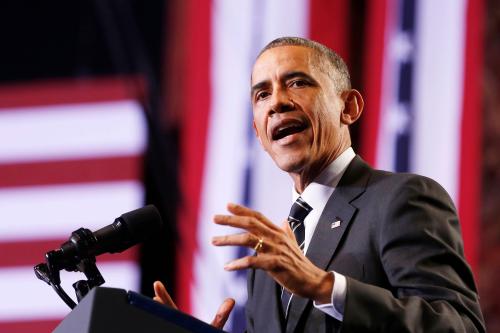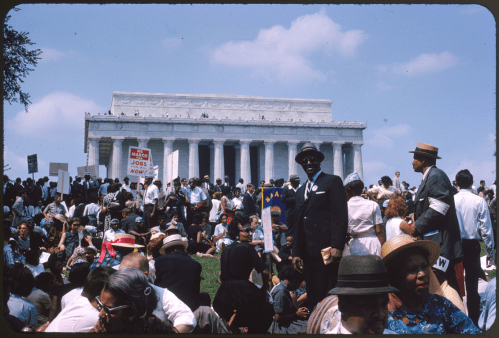In the United States, more than 90 percent of immigrants live in urban areas. American cities and metropolitan areas, like others around the world, are the first receivers of migrants. Many of them provide essential public services to all residents, regardless of their migration status.
New York City runs programs like ActionNYC, which provides high-quality immigration legal services, and IDNYC, a municipal ID card. Bank on San Francisco, a collaboration between the city and a group of banks and credit unions, works to increase access to financial services for those with no or poor credit history, regardless of their citizenship. The city of Atlanta, which hosts the second-fastest growing foreign-born population in the United States, is launching a citywide Language Access Plan, known as iSpeakATL, which offers free language services. Other examples of good practice abound.
Yet despite their enormous contributions to migration management, cities were largely left out of the process of developing a new Global Compact for Migration (GCM)—an ambitious agreement that aims to strengthen cooperation between states to improve the governance of migration that is expected to be adopted in December. Local authorities were not eligible to participate in the formal negotiations unless invited to do so by their national government. For American cities, that prospect was a non-starter since the Trump administration withdrew from the negotiations late last year, citing concerns that the agreement (which is non-binding) would infringe on American sovereignty.
Fortunately, American cities need not be shut out of the implementation process. Here are four steps that cities can take to ensure that the rollout of the compact is informed by their perspectives:
- Work together to prioritize objectives that are ripe for local action and make coordinated public commitments toward achieving progress on each of them. Doing so is a means of attracting the support of outside actors, including the private sector, relevant U.N. agencies, and multilateral financial institutions. It is also a means of demonstrating the utility of engaging local governments as a distinct cohort, separate from civil society, in migration governance discussions.
- Identify what forms of support municipalities need, and from whom, to make good on those commitments. Multi-stakeholder partnerships, including with the private sector, will significantly increase the likelihood of effective GCM implementation at the local level. In September, a group of global business leaders endorsed the GCM during the Bloomberg Global Business Forum. Those leaders are worth engaging.
- Propose ways to participate in the new Capacity-building Mechanism the compact will create. The mechanism will allow diverse stakeholders to contribute technical, financial, and human resources to support implementation of the compact. City leaders have enormous operational experience and policy knowledge. That makes them well positioned to contribute to—and benefit from—this effort.
- Plan for engagement around modalities for follow-up and review. These will be fleshed out in detail in 2019. City leaders should offer ideas for how they can be integrated into the new resolution. Accomplishing that will require connecting early with national governments that were friendly to city engagement during the negotiations.
These recommendations and others are fleshed out in a recent Brookings policy brief, Implementing the Global Compact for Migration: Ideas for City Engagement, which draws on the insights of a group of mayors and senior city officials, representatives of relevant U.N. agencies, and migration policy experts that convened in New York in September.
The Global Compact on Migration is a consequential global agreement with important local dimensions. American city leaders have a role to play in implementing it. Fortunately, there is ample scope for them to do so.






Commentary
How American cities can lead on migration
November 15, 2018